
Arnold–Chiari malformation (or sometimes also known as Chiari malformations or CM) is a structural malformation in the part of the brain that controls balance, called cerebellum.
In this illness, there is a displacement of cerebellar tonsils and both cerebellum and the brainstem are pushed downward. There is also a potential danger of hydrocephalus, accumulation of the cerebrospinal fluid in the brain that might cause many symptoms and even be life threatening condition.
There are four different types of Chiari malformations, rated from I to IV, and the type IV is the most serious form. One of every 1.000 to 5.000 people is suffering from Chiari malformation type 1, which is the most common of these malformations.
Type I is a congenital malformation, which usually doesn’t show any symptoms during the childhood. In some cases, patients experience cerebellar symptoms and headaches. There is also the acquired type I Chiari malformation, associated with Marfan and Ehlers-Danlos syndromes (hereditary problems of connective tissue). The acquired type I malformation is hard to diagnose and treat.
Type II might cause partial or total paralysis, below the defect of the spine. Sometimes, it can be difficult to differentiate Chiari malformation type II from Dandly Walker syndrome.
Types II and IV are severe Chiari malformations. Patients suffering from type III experience serious neurological problems, and in type IV there is a lack of cerebellar development.
The diagnosis is established after the neurological examination, MRI (magnetic resonance imaging), 3D CT (computer tomography) imaging or cine imaging of the brain. To confirm the diagnosis for Arnold-Chiari malformation, doctors might use invasive cranial traction. Prenatal diagnosis can be established through the ultrasound.
Arnold-Chiari Symptoms
Many symptoms might indicate AC malformation of the brain. Patients experience headaches, which get worse with sneezing, crying, laughing or even yawning. There are also ringing in the ears, irregular eye movements, problems with the gag reflex, swallowing difficulties, dizziness, nausea and facial pain. Many patients have problems with muscle weakness and sleep apnea, or suffer from restless leg syndrome, coordination difficulties and chronic tiredness, extreme thirst, fainting or tachycardia.
Other potential symptoms include: syrinx, syringomyelia, weakness of the hands, sensory loss or even paralysis.
Treatment and Prognosis
The most common treatment is the decompression surgery, after which patients might have also installed the shunt. Some surgeons suggest an alternative procedure, which includes the dethering of the spinal cord, and the newest approach is minimally invasive trans-nasal surgery.
The prognosis mainly depends on the type of the disease. Patients suffering from Arnold-Chiari malformation type 1 are usually adults. Their condition can’t be cured, but it’s not a life threat and can be treated.
Type II is more common in babies, and can be diagnosed either before the birth (prenatally) or at birth. Some 15% of these patients die before the second birthday. The mortality in general is about 33% in, with the respiratory failure as the most common cause of death.
Patients suffering from types III and IV of Arnold-Chiari malformation (extremely rare conditions) usually do not survive more than 3 years.


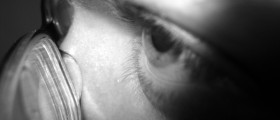



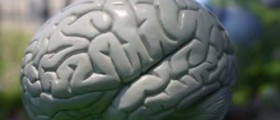
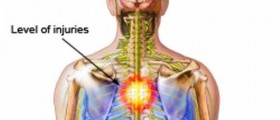



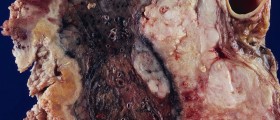
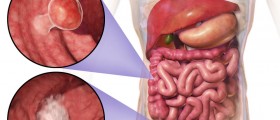
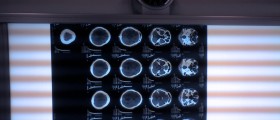

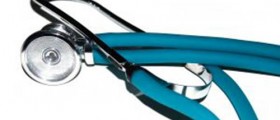

Your thoughts on this
Loading...